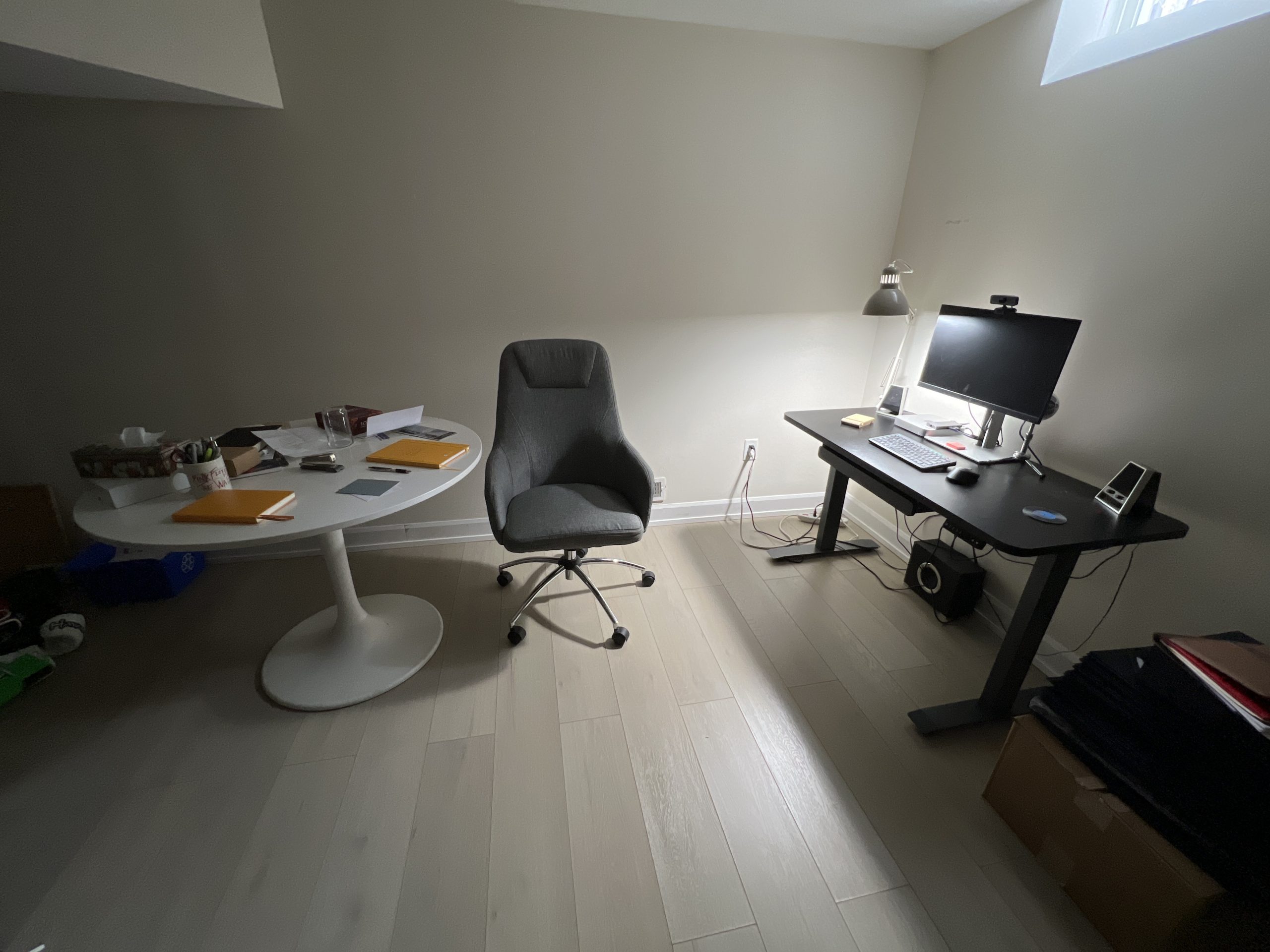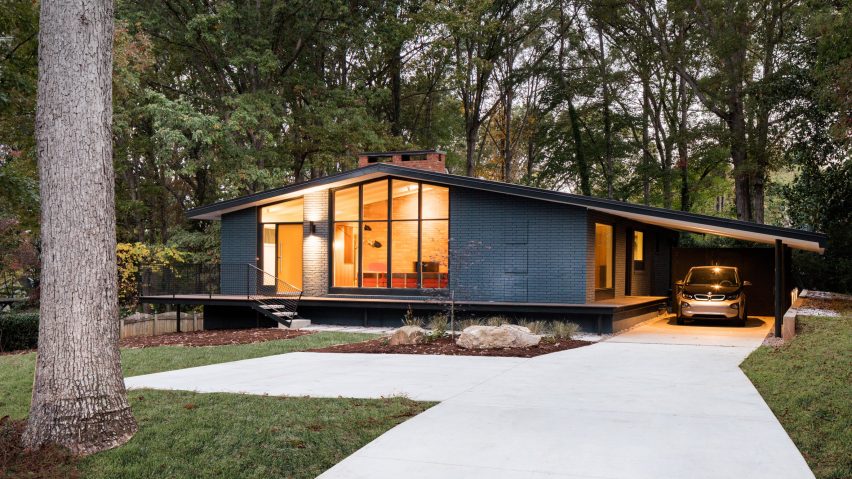Centennial Market Check-In – Straight to the Point January saw 8 homes sold in Centennial. Sellers didn’t need to adjust—homes were listed at $1,128,925 on average and ended up selling for more: $1,200,875. It took just 13 days to get a deal done. With 13 homes currently on the market, that ... Continue Reading » about Houses That Sold in Centennial: January 2025
Blog
Houses That Sold in West Rouge: January 2025
West Rouge Market Update – No Fluff, Just Facts Three homes sold in West Rouge last month. They were originally listed at an average of $1,066,333 but adjusted down to $1,049,333. The final selling price? $1,050,000—slightly above the revised asking price. It took 13 days on average to ... Continue Reading » about Houses That Sold in West Rouge: January 2025
A Tale of Two Tables
Clearing the Clutter: Finding Mental Clarity in a Distracting World There are two desks in my office. One is neat, organized, and intentionally minimal. The other is cluttered, layered with books, to-do lists, and unopened letters. One is supposed to be my workspace, the other my creative space. ... Continue Reading » about A Tale of Two Tables
On Mid-Century Modern Design
A Mid-Century Modern (MCM) home is distinguished by its wide exterior, which often combines partial brick and expansive glass walls. This design choice emphasizes a low profile, allowing the house to blend seamlessly with its surroundings. The flat rooflines contribute to the modern aesthetic while ... Continue Reading » about On Mid-Century Modern Design
Here to help, not be a pushover.
I am a softy. I can never stay mad at my wife or kids for very long. I put up with a lot of headache clients—more than I care to remember. Actually, this is now a New Year's resolution: I will walk away from nuisance people when my gut tells me so. My gut has always been right. The latest ... Continue Reading » about Here to help, not be a pushover.
Real Estate vs. The Soul: Confessions of a Reluctant Writer
If I'm not writing, all I think about is what I will write about. The topics are great. The pacing is perfect. Entire articles perfectly written that grab the readers attention and provide me the authority and proof that homeowners are looking for in order to hire me to sell their home. The ... Continue Reading » about Real Estate vs. The Soul: Confessions of a Reluctant Writer



